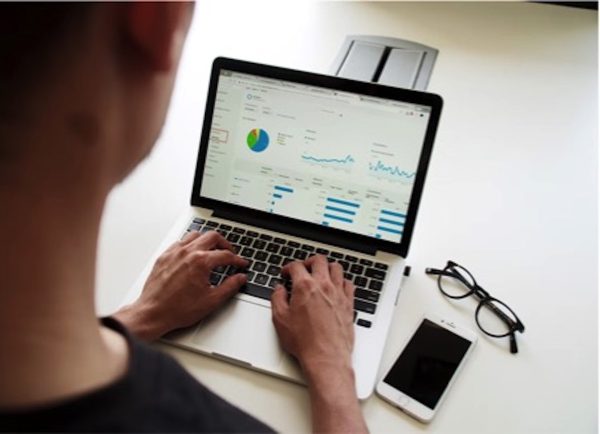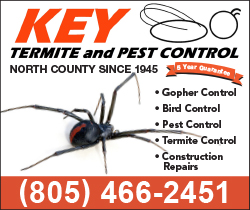The Dos and Don’ts of Link Building: Strategies for Avoiding Penalties and Building a Strong Backlink Profile

Things to Do to Build a Solid Backlink Profile
1. Focus on Quality over Quantity
Rather than trying to acquire as many backlinks as possible, it’s essential to prioritize quality. Good inbound links come from reputable sources that are relevant to your website’s niche. Getting a reference from a credible site can help improve your website’s authority, which in turn can boost your search engine rankings.
Use Varied Anchor Text
This is a best practice that top SEO agencies, like Backlinkers agency, use because it helps improve the credibility and relevance of your backlinks. Instead of using the same keyword-rich anchor text repeatedly, mix it up with related phrases or variations of your target keyword. This strategy can help you avoid over-optimization and make your backlink profile appear more natural.
3. Build Relationships
Networking with other website owners can be a great way to exponentially increase your backlink potential – and quality. By creating relationships, you open up the door for organic links that will stay ahead of SEO trends in your niche. Additionally, strong relationships are sure-fire ways to uncover new opportunities quickly.
4. Diversify Your Sources
By using a variety of sources, you can lower the chance that search engines will penalize you. Use a variety of methods to build a backlink profile instead of relying on just one, like guest posting, or directory submissions.
5. Monitor Your Backlink Profile
Regularly monitoring your backlink profile can help you identify and address any issues that may arise. Use tools like Google Search Console or Ahrefs to track your backlinks and ensure they are of high quality and relevance. Monitoring your backlink profile can also help you identify new opportunities for link building and stay on top of changes in your niche.
Practices to Avoid When Building Links
1. Buying Links
Purchasing links is a significant violation of Google’s guidelines, and doing so can result in your website being penalized. While it may seem like a quick and easy way to build a profile, it’s essential to understand that Google can detect purchased links and can take severe action against your website.
Instead, focus on creating high-quality content that attracts links naturally. You can also reach out to websites that might be interested in your content and ask them to refer to it.
2. Engaging in Link Exchanges
Link exchanges are when you agree to link to another website in exchange for it linking back to yours. This tactic was popular in the early days of SEO, but it’s now considered a “black hat” technique that can harm your website’s rankings. Google’s algorithm can detect link exchanges and penalize websites that participate in them. Instead, focus on building relationships with other websites in your niche and try to get links naturally.
3. Using Automated Link Building Tools
These tools can be tempting because they offer the promise of building a large number of links quickly and easily. However, these tools often use spammy tactics to create links, which can harm your website’s reputation and rankings.
Moreover, these tools are ineffective in the long run and can hurt your website’s SEO efforts. Instead, focus on creating quality content that people want to refer to.
4. Writing Spinned Content
Article spinning is a technique that involves taking an article and rewording phrases or words with synonyms to create multiple versions of the same content, which are then published elsewhere on the web with a reference to your original piece. Although this may appear to be an effective method of increasing traffic and links for SEO purposes, doing so may subject you to search engine penalties due to its classification as “spammy.”
5. Using Link Farms
Link farms are websites or networks of websites that exist solely to create backlinks to other websites, without regard to their quality or relevance. The primary purpose of these sites is to manipulate search engine rankings by creating a large number of backlinks pointing to a specific website.
Farms are considered a “black hat” SEO tactic because they violate search engine guidelines that aim to provide users with high-quality and relevant search results. When a website is associated with a link farm, it can be subject to penalties, which, in turn, can result in a lower search engine ranking, a decrease in organic traffic, and a loss of credibility and trust among users.
Final Say
Backlink building is a critical part of any successful website marketing strategy. Taking the time to develop a comprehensive backlink profile that adheres to best practices will ultimately lead to more success. Done correctly, backlinks can be an invaluable contribution toward promoting one’s website in both organic and paid search results.
https://images.unsplash.com/photo-1542744173-05336fcc7ad4?ixlib=rb-4.0.3&ixid=MnwxMjA3fDB8MHxwaG90by1wYWdlfHx8fGVufDB8fHx8&auto=format&fit=crop&w=1102&q=80
https://images.pexels.com/photos/5926386/pexels-photo-5926386.jpeg?auto=compress&cs=tinysrgb&w=1260&h=750&dpr=1




















